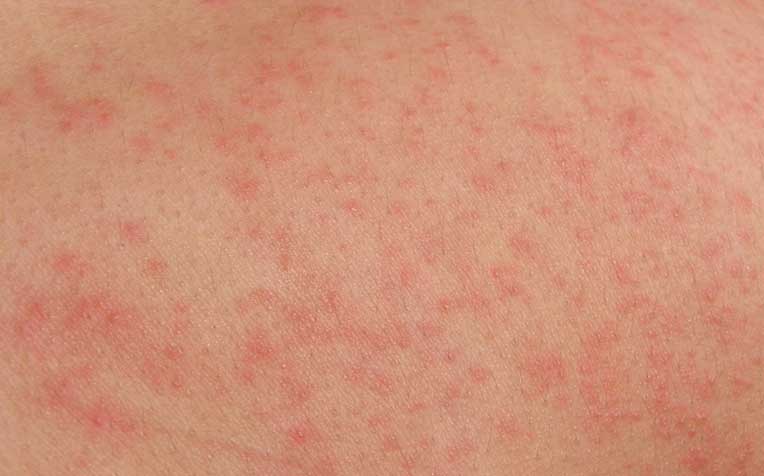
Stevens-Johnson syndrome a rare but serious disorder that affects the skin.
Stevens-Johnson syndrome is caused by a severe allergic reaction to certain drugs. In the early stage, flu-like symptoms appear such as fever, sore throat and irritation in the eyes. As the condition worsens, more specific symptoms developed such as skin lesions and discharge from the eyes
A medical emergency
If you suspect you have come down with Stevens-Johnson syndrome, head to the Accident & Emergency department of a nearby hospital immediately. Ask a family member or friend to accompany you and take along all the medications that you are currently consuming. This includes over-the-counter drugs as well as your doctor’s prescriptions. These medications on hand can help the doctor at the hospital determine what triggered the Stevens-Johnson syndrome.
"At the hospital, the doctor will first take the history of your illness before looking closely at the skin lesions on your body," said Dr Pang Shiu Ming, Senior Consultant from the Department of Dermatology at Singapore General Hospital (SGH), a member of the SingHealth group.
To confirm the SJS diagnosis, the doctor may do the following skin tests:
- Nikolsky’s sign: Rubbing the skin lightly to see if the top layer slips away from the lower layers.
- Skin lesion biopsy: Taking a small piece of the skin for a microscopic examination.
Getting well again
It is very likely that you may need to be hospitalised, often in an intensive care unit or burns centre.
"The most logical thing to do in drug-related cases, is to stop taking the drug that caused the syndrome but it may sometimes be difficult to determine which drug is involved," says Dr Pang. "So the doctor is likely to recommend that you stop taking all your non-essential medications."
Beyond that, treatment may include:
- Medications to stop the pain, stop the progression of the SJS and antibiotics to treat infection
- Supportive care:
- Fluid replacement and nutrition
- Skin care
- Eye and mouth care
- Monitor vital signs, intake and output
It will take time for the skin to grow back and vision to come back. After the skin heals, there may be discolouration of the skin which may take a long time to improve. The most important thing is to identify and stop the culprit drug. About 10 per cent of the affected may die from SJS.
Toxic epidermal necrolysis: when the skin looks scalded
The toxic epidermal necrolysis (TEN) is a rare, severe skin disease similar to Stevens-Johnson syndrome. Dr Pang explains, "Like Stevens-Johnson syndrome, it is usually induced by a reaction to medications. However, this condition is characterised by the more extensive detachment of the skin over the body and a higher mortality rate." When this happens, the patient looks like he or she has suffered burns.
Ref: T12
Contributed by















 Get it on Google Play
Get it on Google Play